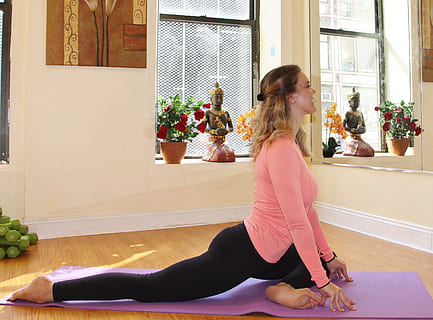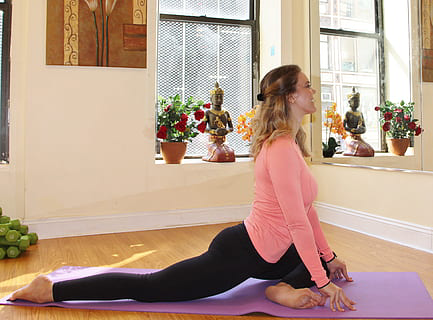When it comes to exercise for depression, any form of physical activity that you enjoy and can engage in regularly can be beneficial. Here are some exercises that are particularly helpful in managing depression:
Aerobic Exercises: Aerobic exercises, also known as cardiovascular exercises, are excellent for boosting mood and reducing symptoms of depression. Activities such as brisk walking, jogging, swimming, cycling, dancing, and aerobic classes can increase your heart rate and release endorphins, which are natural mood-boosting chemicals in the brain.
Strength Training: Strength training exercises, such as weightlifting, resistance band workouts, or bodyweight exercises, can be beneficial for depression. Strength training not only improves physical strength and endurance but also boosts confidence and self-esteem. It can also provide a sense of accomplishment and help in building a positive body image.
Yoga: Yoga combines physical movement, controlled breathing, and mindfulness, making it an effective exercise for managing depression. It promotes relaxation, reduces stress, and improves overall mental well-being. Additionally, specific yoga poses, such as backbends and inversions, can stimulate the release of endorphins and increase energy levels.
Tai Chi: Tai Chi is a low-impact exercise that involves slow and flowing movements, deep breathing, and meditation. It has been shown to reduce symptoms of depression, anxiety, and stress. Tai Chi promotes relaxation, improves body awareness, and enhances overall mental and physical balance.
Outdoor Activities: Spending time in nature and engaging in outdoor activities can have a positive impact on mental health. Activities like hiking, gardening, running in a park, or participating in outdoor sports not only provide physical exercise but also expose you to sunlight, which can boost vitamin D levels and improve mood.
Group Exercise Classes: Engaging in group exercise classes, such as aerobics, Zumba, or spinning, can be beneficial for individuals with depression. These classes provide a social component, offering opportunities to interact with others, build connections, and reduce feelings of isolation and loneliness.
Remember, the key
is to find activities that you enjoy and are more likely to stick with in the long run. Start slowly and gradually increase the intensity and duration of your workouts. It is also essential to listen to your body and choose exercises that suit your fitness level and any physical limitations you may have. If you're unsure about which exercises to begin with or have any underlying health concerns, consult with a healthcare professional or a certified fitness trainer for guidance and personalized recommendations.





.jpeg)


0 Comments